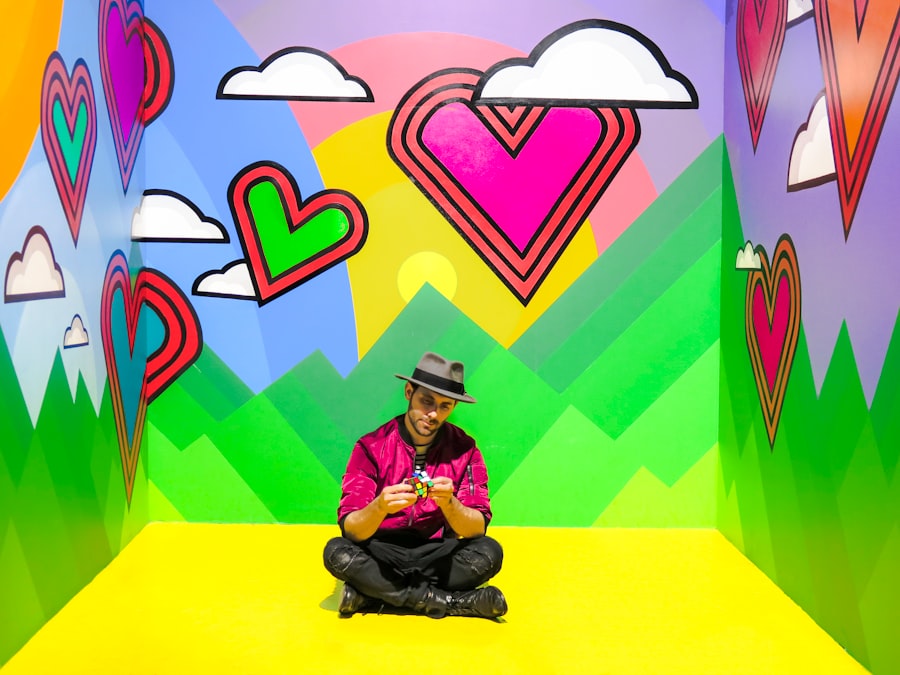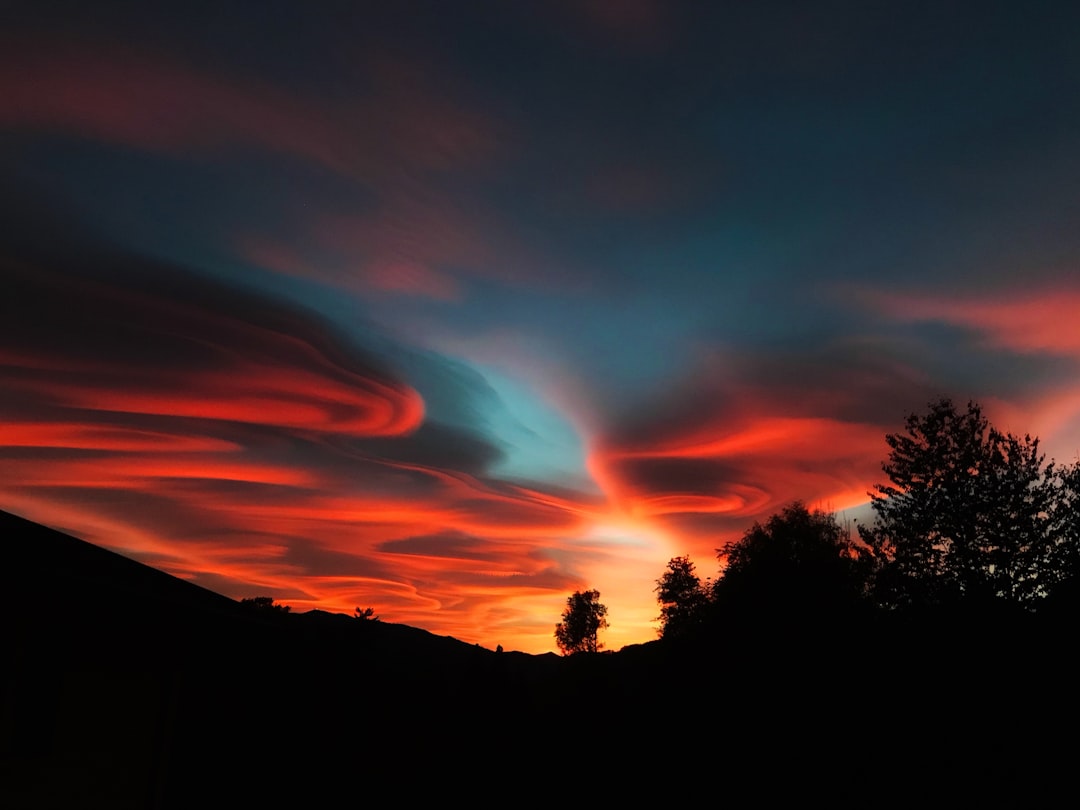When you think of Godzilla, you might picture a towering monster wreaking havoc on cities, but the character’s journey began in 1954 with the release of “Gojira.” This film was not just a monster movie; it was a poignant commentary on the horrors of nuclear warfare, reflecting Japan’s post-war anxieties. As you delve into the evolution of Godzilla, you’ll notice how the character has transformed from a terrifying symbol of destruction into a more complex figure, often portrayed as a protector of humanity. Over the decades, Godzilla has faced various challenges, from battling other kaiju to confronting human threats, showcasing a remarkable adaptability that resonates with audiences.
As the years progressed, Godzilla’s image shifted in response to changing societal values and cinematic trends. The 1960s and 70s saw the emergence of a more family-friendly Godzilla, with films that leaned into camp and humor. You might recall the iconic battles against other monsters like King Ghidorah and Mothra, which turned Godzilla into a pop culture icon rather than just a harbinger of doom.
By the time the 1990s rolled around, Godzilla had undergone yet another transformation, with films that embraced advanced special effects and darker themes. Today, as you watch the latest iterations in the MonsterVerse, you can appreciate how Godzilla has evolved while still retaining the essence of what made him a cultural phenomenon in the first place.
Key Takeaways
- Godzilla has evolved from a symbol of nuclear destruction in 1954 to a pop culture icon in present times.
- The making of Godzilla movies involves intricate special effects, detailed set designs, and the use of both practical and CGI techniques.
- Godzilla has left a lasting impact on pop culture, inspiring countless films, TV shows, and even music and fashion trends.
- The rise of CGI technology has transformed Godzilla films, allowing for more realistic and dynamic monster battles.
- Godzilla has crossed paths with other iconic monsters in crossover movies, creating epic battles and expanding the franchise’s universe.
Behind the Scenes: The Making of Godzilla Movies
The magic of Godzilla films lies not only in their thrilling narratives but also in the intricate processes behind their creation. When you explore the making of these movies, you’ll discover a blend of artistry and technology that brings this colossal creature to life. From the original suitmation techniques used in the 1954 film to the cutting-edge CGI employed in modern adaptations, each era has its unique challenges and innovations.
You might be surprised to learn that the original Godzilla suit was heavy and cumbersome, requiring immense skill from actors like Haruo Nakajima, who portrayed Godzilla for nearly 30 years. As you dig deeper into the production process, you’ll find that sound design plays a crucial role in shaping Godzilla’s identity. The iconic roar, created by mixing various animal sounds and manipulating them through audio techniques, has become synonymous with the character.
This attention to detail extends to set design and special effects, where filmmakers strive to create immersive environments that enhance the viewer’s experience. The collaborative efforts of directors, writers, and visual effects teams culminate in a cinematic spectacle that captivates audiences worldwide. Understanding these behind-the-scenes elements enriches your appreciation for the artistry involved in bringing Godzilla to life.
The Impact of Godzilla on Pop Culture

Godzilla’s influence on pop culture is undeniable, permeating various forms of media and inspiring countless creators. As you navigate through the landscape of film, television, and literature, you’ll find references to Godzilla that highlight his status as a cultural touchstone. From parodies in animated series to serious explorations in graphic novels, Godzilla has become a versatile symbol that transcends genres.
His presence in popular culture serves as a reminder of humanity’s ongoing struggles with nature and technology. Moreover, Godzilla has sparked discussions about environmentalism and societal fears. You may have noticed how contemporary films often reflect current global issues, such as climate change or nuclear threats.
This ability to adapt to modern concerns keeps Godzilla relevant and relatable to new generations. As you engage with various media featuring this iconic monster, you’ll see how he continues to inspire creativity and provoke thought, solidifying his place in the pantheon of pop culture icons.
The Rise of CGI: How Technology has Transformed Godzilla Films
| Year | Movie Title | CGI Usage | Box Office |
|---|---|---|---|
| 1998 | Godzilla | Minimal | 379 million |
| 2014 | Godzilla | Extensive | 529 million |
| 2019 | Godzilla: King of the Monsters | Advanced | 386 million |
The advent of CGI has revolutionized how filmmakers approach monster movies, and Godzilla is no exception. When you watch recent films like “Godzilla: King of the Monsters,” you can appreciate how technology has allowed for breathtaking visuals that were once unimaginable. CGI enables filmmakers to create more dynamic action sequences and intricate details in Godzilla’s design, making him appear more lifelike than ever before.
This technological leap has not only enhanced the visual experience but also expanded storytelling possibilities. However, while CGI offers remarkable advantages, it also presents challenges. You might find that some fans prefer the charm of practical effects used in earlier films, where actors donned suits and miniature sets created a tangible sense of scale.
The debate between practical effects and CGI continues among enthusiasts, highlighting differing preferences for how Godzilla should be portrayed. As you explore this evolution in filmmaking techniques, you’ll gain insight into how technology shapes not only the visual aspects but also the emotional resonance of Godzilla’s story.
The allure of monster battles is a significant aspect of Godzilla’s legacy, particularly evident in crossover films where he faces off against other iconic creatures. When you think about movies like “Godzilla vs. Kong,” you can appreciate how these epic showdowns captivate audiences by pitting legendary monsters against one another.
These films often explore themes of rivalry and cooperation, allowing viewers to witness not just destruction but also moments of unexpected camaraderie. As you delve into these crossover events, you’ll notice how they serve as a celebration of kaiju culture. Each monster brings its unique lore and abilities to the table, creating an engaging narrative tapestry that appeals to fans old and new.
The excitement surrounding these battles often leads to speculation about future matchups and potential storylines, fostering a sense of community among fans who eagerly discuss their favorite monsters.
The Global Appeal of Godzilla: How the Franchise has Reached Audiences Worldwide
Godzilla’s reach extends far beyond Japan; he has become a global phenomenon that resonates with audiences across cultures. When you consider his international popularity, it’s fascinating to see how different countries have embraced and reinterpreted the character. From Hollywood adaptations to local renditions in various nations, Godzilla’s story transcends language barriers and cultural differences.
This universal appeal speaks to fundamental themes of fear, resilience, and humanity’s relationship with nature. As you explore Godzilla’s global impact, you’ll find that he has inspired numerous fan communities worldwide. Conventions celebrating kaiju culture attract enthusiasts eager to share their passion for this iconic monster.
Additionally, merchandise ranging from action figures to clothing allows fans to express their love for Godzilla in diverse ways. This sense of belonging fosters connections among fans from different backgrounds, uniting them through their shared admiration for this legendary creature.
Godzilla Merchandise and Collectibles: A Closer Look at the Fanbase

The world of Godzilla merchandise is vast and varied, reflecting the character’s enduring popularity among fans. When you dive into this realm, you’ll discover an array of collectibles that cater to different tastes and interests. From intricately designed action figures to vintage posters and memorabilia, there’s something for every enthusiast.
You might find yourself drawn to limited-edition items or unique art pieces that capture Godzilla’s essence in creative ways.
You may come across fan-created content showcasing custom figures or dioramas that highlight their love for kaiju culture.
This vibrant community fosters connections among fans who appreciate not only the films but also the artistry involved in creating merchandise that celebrates this iconic monster. As you explore this world of collectibles, you’ll gain insight into how deeply Godzilla resonates with his admirers.
The Future of Godzilla: Upcoming Projects and Spin-offs
As you look ahead to the future of Godzilla, excitement builds around upcoming projects and spin-offs that promise to expand his universe even further. With announcements regarding new films and series in development, fans are eager to see how filmmakers will continue to innovate while honoring the legacy of this beloved character. You might be particularly interested in how these projects will explore new themes or introduce fresh monsters into the mix.
Moreover, as streaming platforms gain prominence in content creation, there’s potential for more diverse storytelling within the Godzilla franchise. You may find yourself anticipating animated series or live-action adaptations that delve deeper into character backstories or explore lesser-known aspects of kaiju lore. The future holds endless possibilities for Godzilla enthusiasts as they await new adventures that will keep this iconic monster alive for generations to come.
Embracing this anticipation allows you to be part of an ongoing journey that celebrates both nostalgia and innovation within the world of kaiju cinema.
If you’re interested in learning more about the symbolism behind Godzilla in modern society, check out this fascinating article on Godzilla as a symbol of anarchism and capitalism. It delves into the deeper meanings behind the iconic monster and how it reflects societal issues. Additionally, if you’re curious about the creative process behind bringing Godzilla to life, you might enjoy this step-by-step guide on how to make Godzilla in infinite craft. And for a fun comparison between Godzilla and Superman, be sure to read this article on whether Godzilla is more powerful than Superman. These articles provide a deeper look into the world of Godzilla and the impact it has had on popular culture.
FAQs
What is the Godzilla movie franchise?
The Godzilla movie franchise is a series of Japanese monster films featuring the character Godzilla, who is a giant monster that first appeared in the 1954 film “Godzilla.”
How many Godzilla movies have been made?
As of 2021, there have been 36 Godzilla movies produced by Toho Co., Ltd., the Japanese film studio that created the character.
What goes on behind the scenes of Godzilla movie productions?
Behind the scenes of Godzilla movie productions, there is a team of filmmakers, special effects artists, and production crew members who work together to bring the iconic monster to life on the big screen. This involves creating detailed miniature sets, designing and building elaborate monster suits, and using cutting-edge special effects technology to depict Godzilla’s destructive power.
Who are some of the key people involved in Godzilla movie productions?
Key people involved in Godzilla movie productions include directors, such as Ishirō Honda and Hideaki Anno, special effects artists like Eiji Tsuburaya and Shinji Higuchi, and composers like Akira Ifukube and Bear McCreary.
What are some of the challenges of creating Godzilla movies?
Some of the challenges of creating Godzilla movies include the technical difficulties of bringing a giant monster to life on screen, the need to update the character and story for modern audiences while staying true to the original concept, and the pressure to deliver thrilling and visually stunning action sequences.
